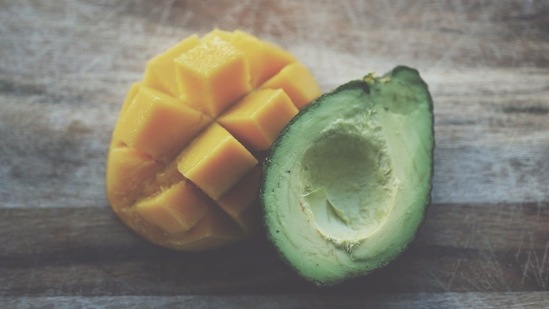Scientifically Speaking | Why do avocadoes and mangoes have large seeds?
It’s a simple question, really. But it’s a question that leads us down a rabbit hole of discovery.
The curiosity of a child is a wonderful thing. We tend to lose it as we grow older, taking things to be the way they are as natural, instead of asking “why” they are that way. Curiosity at any age leads to innovation and growth and helps to stave off mental decline.

Why do mangoes have such large seeds? It’s a simple question really that we thought of as children while sucking juicy bits of flesh cleanly off mangoes before tossing the bald pits. But it’s a question that leads us down a rabbit hole of discovery.
To us, seeds in fruits are a nuisance that get in the way of enjoyment. Think of the well-established breeding efforts that have led to the marvel of seedless bananas, grapes, and watermelons and you get the picture.
But to plants, seeds are the whole point of fruits — a vital means of dispersal to ensure that they can spread widely instead of crowding in the same area. A seedless fruit might be desirable in a supermarket, but it is defective for plants that put in so much energy into creating a desirable fruit: The plant gets nothing in return. They are, instead, left with a dead end for their survival.
A much more favourable outcome for plants is that animals consume their fruits and discard seeds or that seeds pass through animal digestive tracts and come out intact on the other end. Under favourable conditions, these seeds can germinate to continue the cycle of life.
Nature is replete with many examples of fruits that spread this way. Chillichilli peppers, for example, are swallowed by birds and their intact seeds are dispersed in excrement. Birds are not deterred by the spiciness of chilli peppers because they can’t taste capsaicin; instead, spiciness from capsaicin is meant to stop mammals from chewing on chilli peppers (though it didn’t work for those humans who developed a preference for the heat).
All of this makes sense for fruits that have small seeds, but what about fruits like mangoes that have large and hard seeds? Humans and monkeys enjoy these fruits and eat them, tossing aside seeds. But which gigantic animals could have possibly swallowed mango seeds in the past?
The answer is – large herbivores like elephants and rhinos. By looking at dung piles of African forest elephants, researchers recently found that these large mammals which can swallow fruits whole had been important for the dispersal of fruits in the past. Because elephant digestion is slow, large seeds are found in dung many kilometresthe away, providing new areas for spread of fruit trees.
Several researchers have also found that Asian elephants can swallow mangoes whole. And this might have contributed to the evolution and spread of the fruit in the past. Of course, now elephant populations have undergone a precipitous decline. This leads us to wonder what happens to a fruit with a large seed once large animals that ate it become extinct.
There is precedence for this, but we have to turn to different fruits that originated on a different continent.
There are several fruits from subtropical America (such as the avocado) that have large seeds. But there are no native, large animals that could eat them whole and spread their seeds. How can we explain this disparity? Native, giant plant-eating mammals (similar in size to elephants) have been extinct from South America for thousands of years.
Scientists think that fruits such as avocados are holdovers from a different time. Over 13,000 years ago there were large mammals such as giant ground sloths, elephant-like gomphotheres, and mammoths in the western hemisphere. Avocado plants probably depended on large animals eating fruits whole and defecating seeds for their spread.
These animals have since become extinct and avocadoes now depend on humans for survival. These trends lead us to wonder what will happen to the distribution of wild fruits everywhere as large mammals decline globally.
Anirban Mahapatra is a scientist by training and the author of a book on COVID-19
The views expressed are personal
Continue reading with HT Premium Subscription




